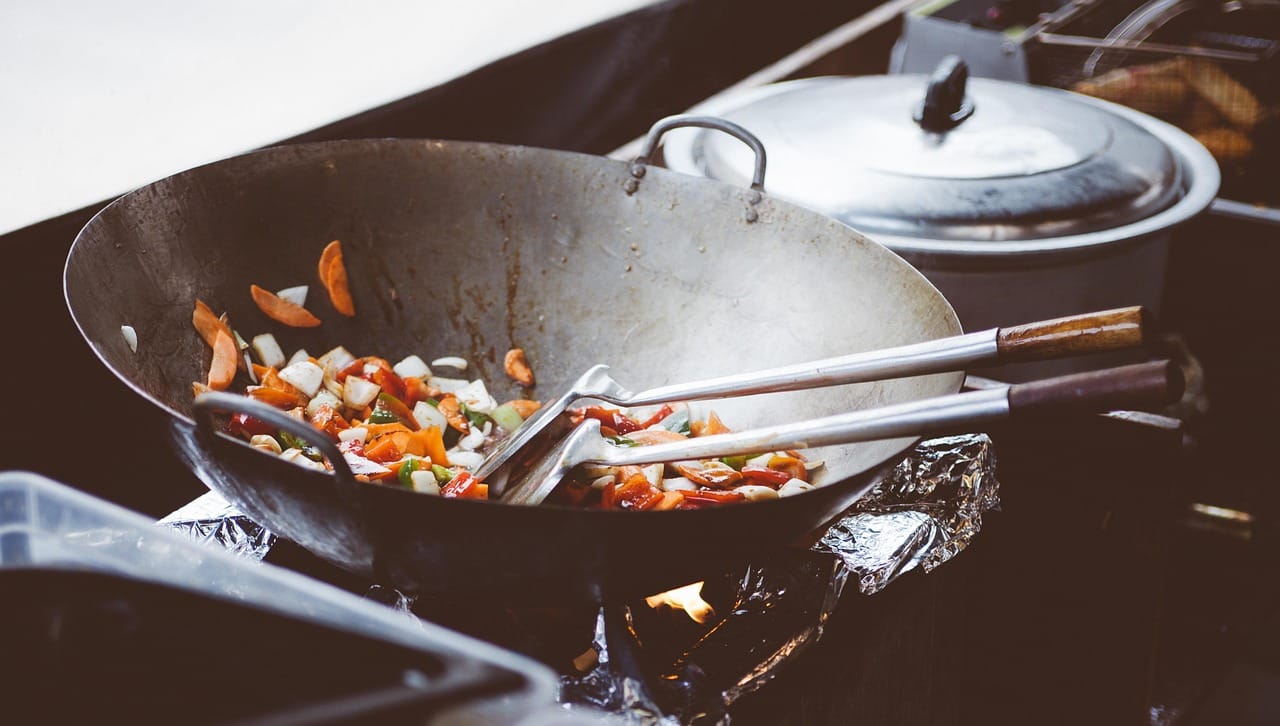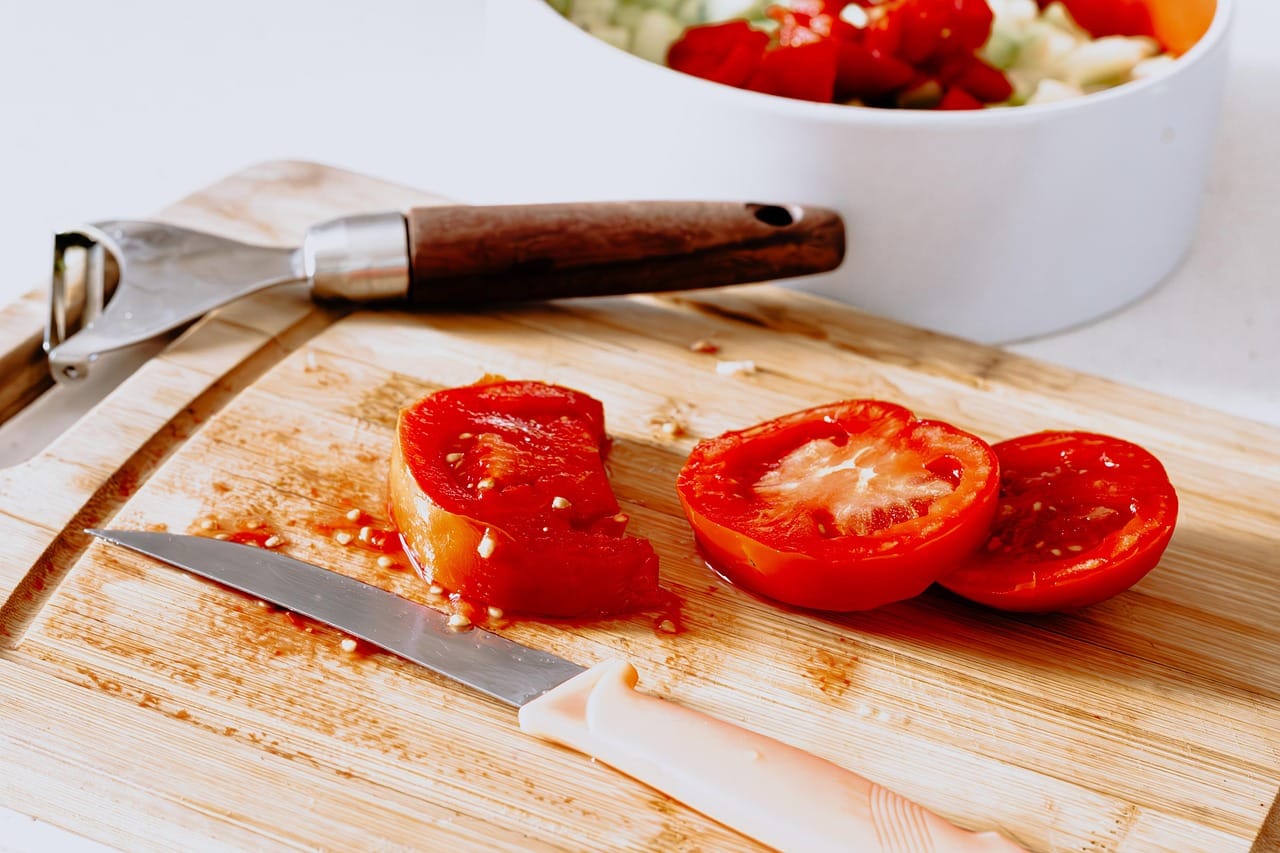Stuffed pita pockets are more than just a quick lunch option; they’re a versatile and delicious canvas for endless culinary creations. From simple, healthy fillings to gourmet combinations, a stuffed pita offers a satisfying and customizable meal that’s perfect for busy weeknights, picnics, or a light and flavorful snack. This humble flatbread is your passport to a world of flavor, and we’re here to guide you through everything you need to know about crafting the perfect stuffed pita.
The Magic of the Pita Pocket: An Overview
The pita, a round, slightly leavened flatbread, has been a staple in Middle Eastern and Mediterranean cuisines for centuries. Its unique pocket, formed during baking, makes it the ideal vessel for a wide variety of fillings. But what makes it so special?
Versatility is Key
- Endless possibilities: From classic falafel and hummus to grilled chicken, vegetables, and even sweet fillings, the pita pocket can accommodate a diverse range of ingredients.
- Customizable: Easily tailored to individual preferences and dietary needs. Vegetarian, vegan, gluten-free options are readily available.
- Portable: The pocket design makes it perfect for on-the-go meals, picnics, and lunchboxes.
Nutritional Benefits
While the specific nutritional value depends on the pita itself and the chosen fillings, pitas generally offer:
- Fiber: Whole wheat pitas are a good source of dietary fiber, promoting digestive health and satiety.
- Complex carbohydrates: Provide sustained energy.
- Lower in fat: Compared to some other bread options.
- Example: A whole wheat pita with grilled chicken, hummus, and vegetables provides a balanced meal with protein, fiber, and vitamins.
Choosing the Right Pita
Not all pitas are created equal. Selecting the right pita is crucial for a satisfying stuffed pita experience.
Types of Pita Bread
- White Pita: The most common type, made with refined wheat flour. It’s soft, pliable, and has a mild flavor.
- Whole Wheat Pita: Made with whole wheat flour, offering a nuttier flavor and more fiber. Can be slightly denser than white pita.
- Gluten-Free Pita: Made with gluten-free flour blends, suitable for individuals with gluten sensitivities or celiac disease. Texture can vary significantly between brands.
- Pocketless Pita/Flatbread: While not technically a pita pocket, these can be used for wraps and are great if you are looking for something flatter.
Key Qualities to Look For
- Freshness: The pita should be soft and pliable, not hard or stale.
- Pocket Formation: Ensure the pita has a well-formed pocket that can hold fillings without tearing.
- Ingredient List: Opt for pitas with simple ingredients, avoiding excessive additives or preservatives.
- Size: Consider the size of the pita based on the amount of filling you plan to use.
- Tip: Lightly warming the pita before filling it can make it more pliable and prevent tearing. You can use a toaster, microwave, or a dry skillet.
Filling Your Pita with Flavor: Creative Combinations
The beauty of stuffed pitas lies in the endless possibilities for fillings. Let’s explore some exciting and delicious options.
Savory Sensations
- Mediterranean Delight: Falafel, hummus, tahini, chopped tomatoes, cucumbers, red onion, and pickled turnips.
- Greek Gyro Style: Thinly sliced grilled lamb or chicken, tzatziki sauce, tomatoes, red onion, and lettuce.
- Spicy Chicken: Shredded chicken marinated in spices, shredded cabbage, cilantro, and a drizzle of sriracha mayo.
- Vegetarian Powerhouse: Roasted vegetables (bell peppers, zucchini, eggplant), feta cheese, olives, and a lemon-herb vinaigrette.
- Example: For a quick and easy Mediterranean Delight, use store-bought falafel and hummus to save time.
Sweet Surprises
- Peanut Butter Banana: Peanut butter, sliced banana, and a drizzle of honey.
- Nutella and Strawberries: Nutella, sliced strawberries, and a sprinkle of chopped nuts.
- Apple and Cinnamon: Sliced apples, cinnamon, a touch of maple syrup, and a dollop of yogurt or cream cheese.
- Tip: For sweet fillings, consider toasting the pita for added texture and warmth.
Tips for Perfect Fillings
- Don’t overfill: Too much filling can cause the pita to tear.
- Consider textures: Combine soft and crunchy elements for a more interesting bite.
- Dress it up: Sauces and dressings add flavor and moisture.
- Prep ahead: Prepare fillings in advance for a quick and easy meal.
Making Your Own Pita: A Homemade Adventure
While store-bought pitas are convenient, making your own pita from scratch is a rewarding culinary experience.
Basic Pita Recipe
Here’s a simplified recipe for homemade pita:
- Ingredients:
3 cups all-purpose flour (or whole wheat flour)
1 teaspoon salt
1 teaspoon sugar
1 teaspoon active dry yeast
1 1/4 cups warm water
2 tablespoons olive oil
- Instructions:
1. In a large bowl, combine flour, salt, and sugar.
2. In a separate bowl, dissolve yeast in warm water. Let it stand for 5 minutes until foamy.
3. Add the yeast mixture and olive oil to the flour mixture. Mix until a dough forms.
4. Knead the dough on a lightly floured surface for 5-7 minutes until smooth and elastic.
5. Place the dough in a greased bowl, cover, and let it rise in a warm place for 1-1.5 hours until doubled in size.
6. Punch down the dough and divide it into 8-10 equal pieces.
7. Roll each piece into a thin circle (about 6-8 inches in diameter).
8. Heat a dry skillet or griddle over medium-high heat.
9. Cook each pita for 1-2 minutes per side, until it puffs up.
10. Wrap the cooked pitas in a clean towel to keep them soft.
Tips for Perfect Homemade Pita
- Use warm water: It activates the yeast.
- Knead thoroughly: This develops the gluten, resulting in a chewier texture.
- Let the dough rise properly: This allows the yeast to do its work, creating a light and airy pita.
- High heat is essential: It allows the pita to puff up and form a pocket.
- Practice makes perfect: Don’t be discouraged if your first batch isn’t perfect.
Stuffed Pita: More Than Just a Meal
Stuffed pitas aren’t just a convenient meal; they’re a fun and creative way to explore different cuisines and flavor combinations. They’re a blank canvas for your culinary imagination, and the possibilities are endless.
Health Benefits of a Balanced Pita
- Controlling Portion Size: The pita pocket naturally regulates how much filling you use, assisting with portion control.
- Including Diverse Food Groups: Stuffed pitas are perfect for incorporating proteins, vegetables, and healthy carbs into one easy meal.
- Mindful Eating: Taking the time to assemble your own pita allows you to be more mindful of what you are eating.
Stuffed Pita for Different Diets
- Vegetarian and Vegan: Easy to customize with plant-based proteins like falafel, beans, or tofu. Fill with fresh vegetables, hummus, and plant-based sauces.
- Gluten-Free: Use gluten-free pita bread and fill with your favorite ingredients.
- Low-Carb: Opt for low-carb pita bread alternatives (made with almond flour or coconut flour) and fill with protein and healthy fats.
- Actionable Takeaway:* Start with a simple recipe and experiment with different fillings to find your favorite combinations. Involve your family in the process and make it a fun and interactive mealtime activity.
Conclusion
The stuffed pita is a humble yet incredibly versatile culinary creation. From quick and easy lunches to creative gourmet dinners, it offers endless possibilities for flavor and customization. Whether you’re using store-bought pitas or making your own from scratch, the key is to embrace the freedom to experiment with different fillings and create a meal that’s perfectly tailored to your taste. So, grab a pita, gather your favorite ingredients, and embark on a delicious stuffed pita adventure!




